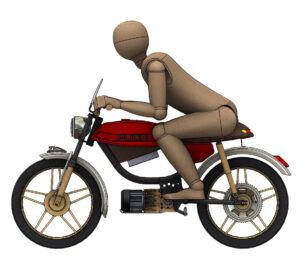Nature has been perfecting its designs for millions of years. From the wings of a bird to the fins of a fish, the natural world is a treasure trove of solutions to problems that humans face. Biomimicry is the process of using nature’s designs, patterns, and strategies to create innovative solutions to complex human problems. It is a rapidly growing field that is transforming the way we approach innovation and design.
Biomimicry is not a new concept. Humans have been inspired by nature for centuries, from the invention of the airplane to the development of Velcro. However, biomimicry as a formalized discipline is relatively recent. It was first coined by Janine Benyus in her 1997 book, Biomimicry: Innovation Inspired by Nature. The book sparked a movement, and today, biomimicry is being used to develop everything from more efficient buildings to new medical technologies.
Continue reading for learning more info about biomimicry and also finding your free STL files for 4 different stool versions.
One of the key benefits of biomimicry is that it can help us solve problems in a sustainable and environmentally-friendly way. Nature has already figured out how to create closed-loop systems, eliminate waste, and maximize efficiency. By emulating these strategies in our designs, we can reduce our impact on the environment while still meeting our needs.
For example, the Eastgate Centre in Harare, Zimbabwe, was designed with inspiration from the self-cooling mounds created by termites in the African savannah. By mimicking the termite’s ventilation system, the building is able to maintain a comfortable temperature without using any air conditioning. This has resulted in energy savings of up to 90% compared to conventional buildings.
Another example is the creation of sharkskin-inspired materials. Sharks are able to swim at high speeds without being slowed down by drag. This is due to the tiny scales on their skin, which create a rough surface that reduces friction. By developing materials that mimic the texture of sharkskin, scientists have been able to create more efficient swimsuits, airplane wings, and even boats.
Biomimicry is not just limited to materials and buildings. It is also being used to develop new medical technologies. For example, researchers have developed a new adhesive inspired by the sticky pads on gecko feet. The adhesive is strong enough to hold up a human, yet gentle enough to be removed without causing any damage. This technology has the potential to revolutionize medical adhesives and could be used to close wounds or attach medical devices to the skin.
The possibilities of biomimicry are endless. From the way we build our cities to the way we develop new technologies, nature has the answers to many of the challenges we face. By learning from and mimicking nature’s designs, we can create a more sustainable and harmonious world. Biomimicry is not just a new way of thinking about design and innovation; it is a new way of thinking about our relationship with the natural world.
If you find this article useful, please share it on your social media. You can use social share icons at the right side of the page. Thank you.
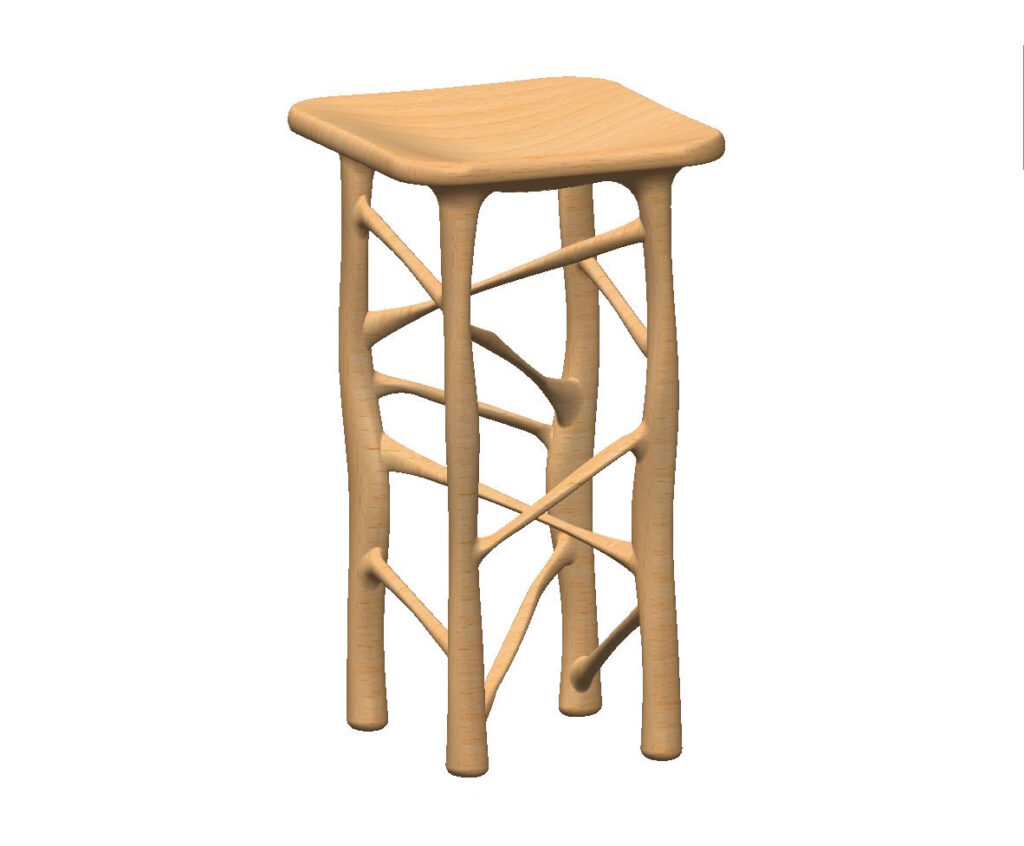
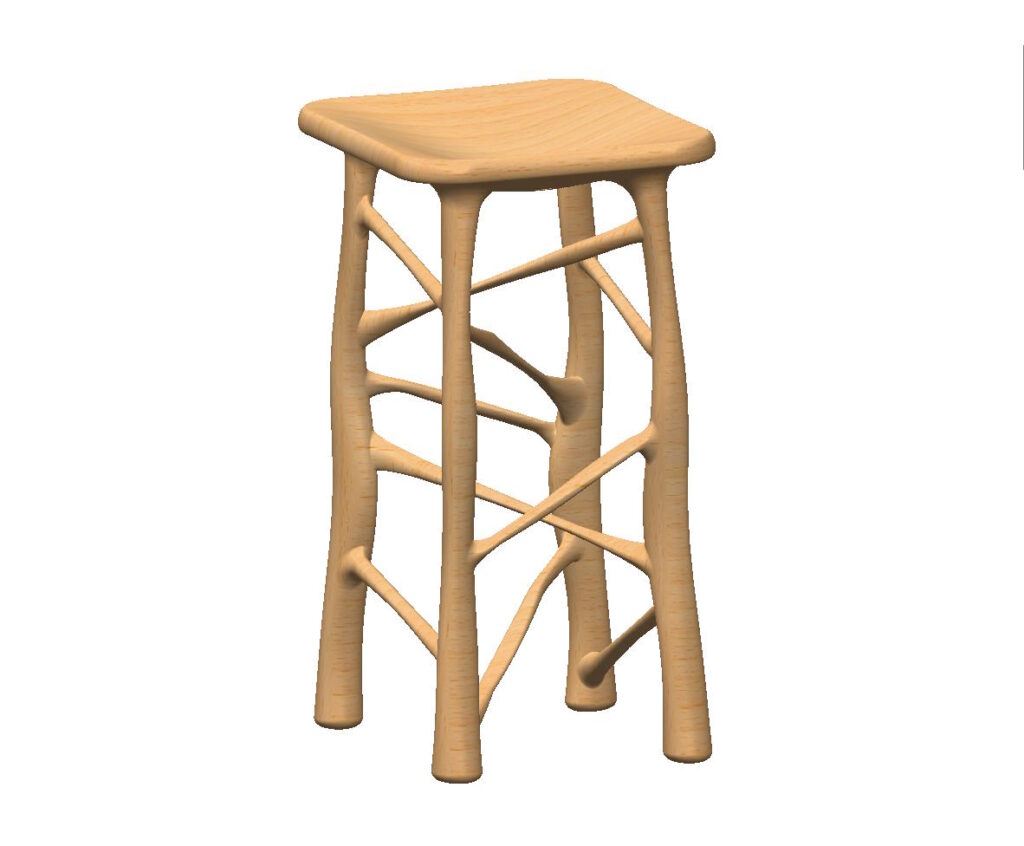
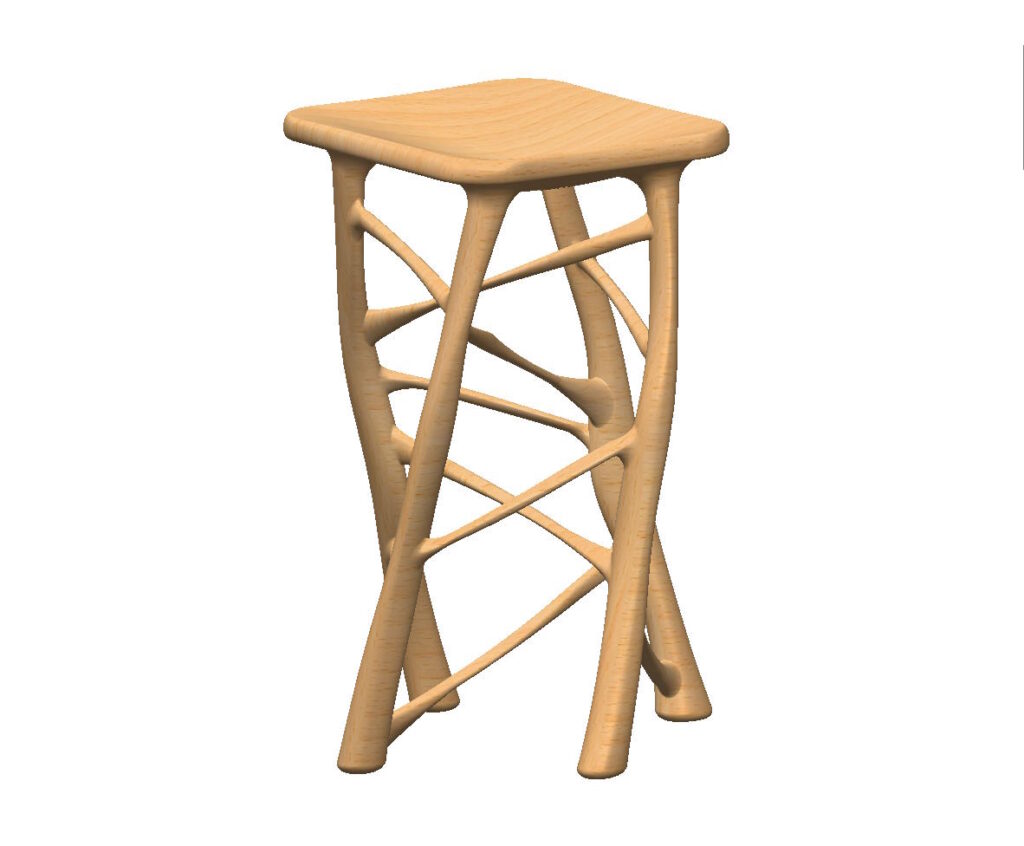
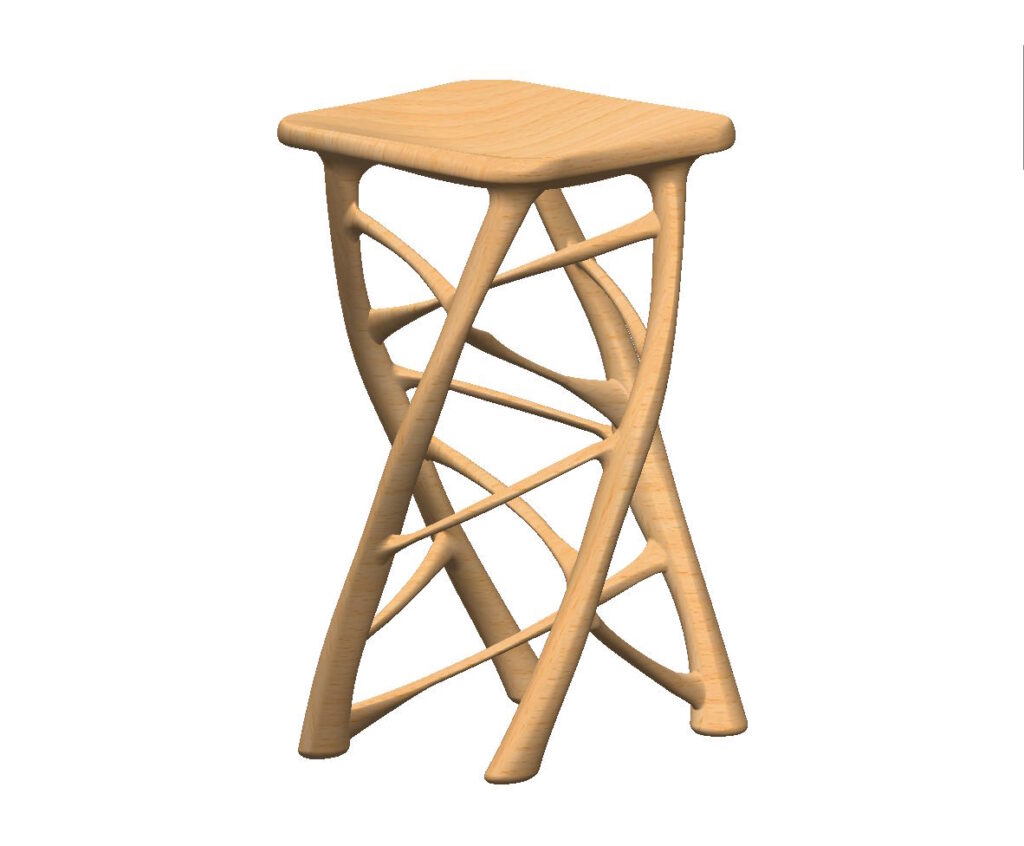
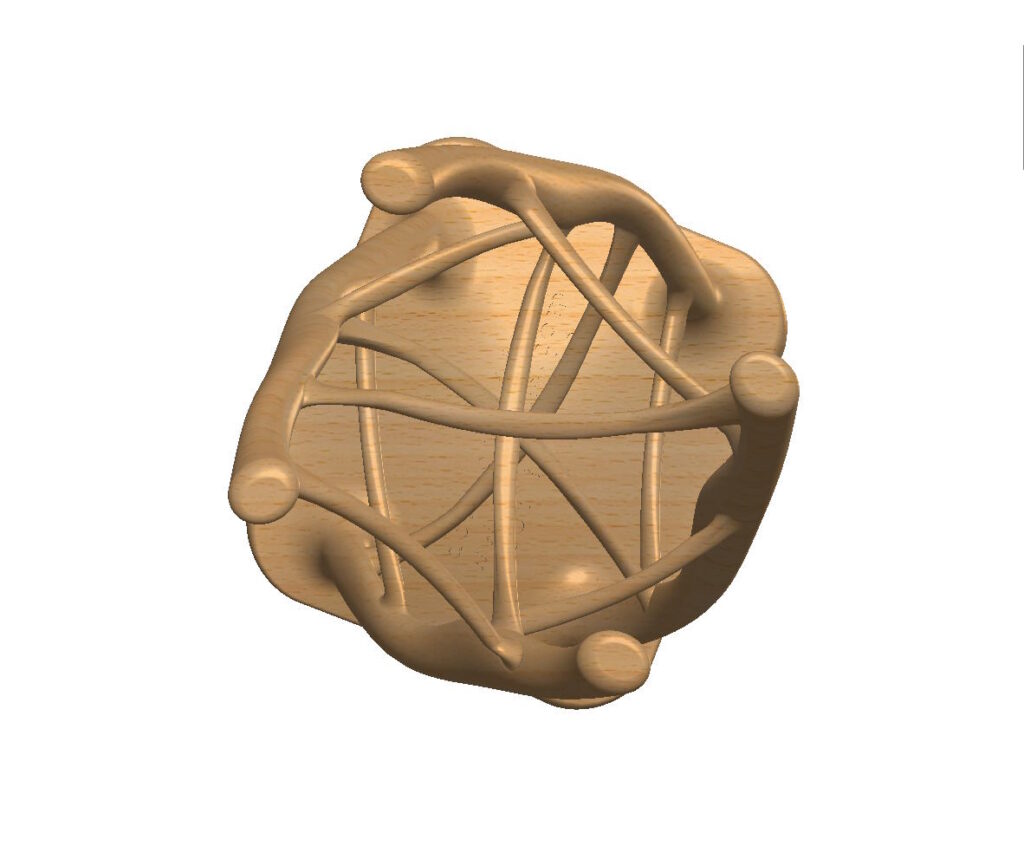





 Users Today : 18
Users Today : 18 Users Yesterday : 88
Users Yesterday : 88 Users Last 7 days : 558
Users Last 7 days : 558 Views Today : 38
Views Today : 38 Views Yesterday : 413
Views Yesterday : 413 Views Last 7 days : 2249
Views Last 7 days : 2249 Total views : 1288100
Total views : 1288100 Who's Online : 1
Who's Online : 1